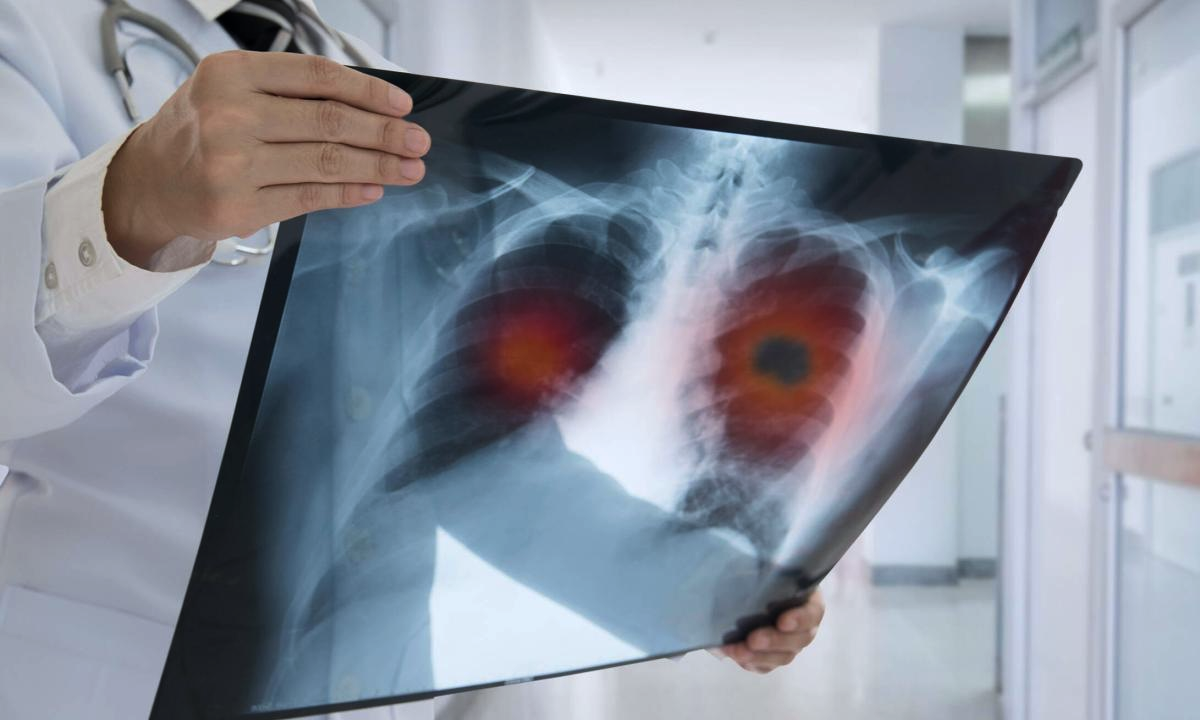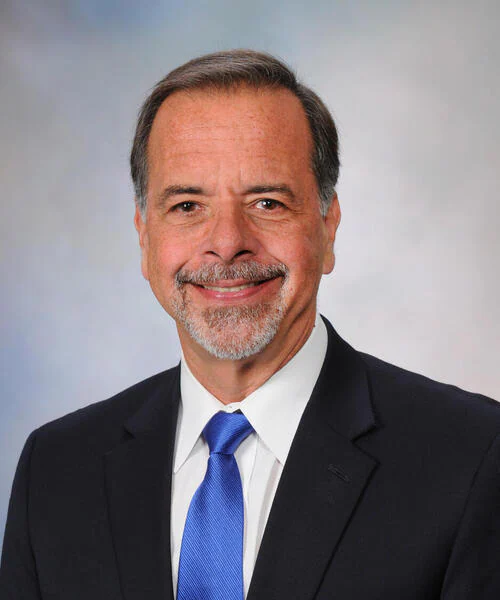Lung cancer cases are increasing among people who have never smoked, and the reason is still unknown, warns a pulmonologist.

Although people are smoking less and less, the number of people suffering from lung cancer has increased again. According to figures from the Global Cancer Observatory (Globocan), lung cancer caused 1.8 million deaths in 2020 alone, out of the 9.9 million deaths from all types of cancer that year. This means that 18 percent of deaths were due to this type of cancer.
While strict anti-smoking policies around the world decreased the number of lung cancer deaths between the 1990s and 2000s, the curve now appears to be stagnating and increasing.
According to figures from the American Cancer Society, in the United States alone, the average death rate for men fell from 80 per 100,000 to just 40 between 1990 and 2020. Meanwhile, the average death rate for women fell from 40 per 100,000 to 30. However, rather than continuing to decline, the curve now appears to have increased over the past decade.

Anti-smoking policies had flattened the death rate of the deadliest cancer of all. Photo: iStock
Genetic factors, poor air quality, and the increase in the use of vapers and e-cigarettes may be related to the figures we're seeing globally. According to Mayo Clinic pulmonologist Jorge Pascual, the increase in lung cancer cases in nonsmokers, especially women under 50, still has no concrete explanation, as it is due to various factors.
According to the expert, although this disease has traditionally been associated with smoking, genetic factors, environmental pollution, and other less clear causes are gaining prominence. In an interview with EL TIEMPO, Pascual emphasized the importance of early diagnosis and genetic testing to improve the prognosis.
The specialist is part of the group of pulmonologists working at the Mayo Clinic, recognized by rankings such as Newsweek and Statista as the best medical center in the world. This medical center, which has several locations throughout the United States, has also been recognized by US News & World Report as the hospital with the most specialties in the country, including endocrinology, gastroenterology and gastrointestinal surgery, pulmonology and lung surgery, among others.

Jorge Pascual, a pulmonologist at the Mayo Clinic. Photo: Mayo Clinic
Unfortunately, yes. With the reduction in smoking, cases decreased for a time. But for the past six to eight years, we've seen an increase in cases in people who have never smoked, especially young women in their 40s. We don't know exactly why. Fortunately, we now have tools to study tumors genetically and offer highly targeted treatments. There are even patients who previously had no hope of a cure who now have one.
What new tools are available for diagnosing lung cancer? Previously, we could only perform needle biopsies or endoscopies. Today, with a simple blood sample, we can detect genetic mutations associated with cancer. Sometimes, we don't even need to see the tumor: if we identify a high risk, we can perform preventive monitoring. This is vital because lung cancer often doesn't present symptoms until its advanced stages.
As a pulmonologist specializing in lung cancer, I've seen tremendous advances in the last 10 to 15 years. Previously, the only real chance for a cure was surgery. Today, we have targeted therapies, immunotherapy, improved radiation techniques, and less invasive procedures. All of this has completely changed the landscape.

This type of cancer is recognized as the deadliest in the world. Photo: iStock.
A lot. We now use minimally invasive techniques to destroy tumors, even without surgery. And when surgery is necessary, we do it with robots that allow for small incisions, with less pain and faster recovery. Furthermore, we no longer remove large portions of the lung; we try to preserve healthy tissue. All of this improves the patient's quality of life.
Has life expectancy improved with these advances? Absolutely. At stage 1, the chance of cure is 95%. But if the cancer is detected at stage 4, the five-year survival rate drops to 10%. That's why early diagnosis is essential. And that's exactly what we're achieving with new tools.
If many of these patients are people who have never smoked, what symptoms should they be aware of? That's the problem: in the early stages, there are no symptoms. In advanced stages, coughing up blood, difficulty breathing, or a persistent cough may appear. That's why we now use risk algorithms that consider genetics, exposure to gases like radon, and, of course, smoking history.

The increase in vaping use may be linked to the rise in lung cancer. Photo: iStock
Family history is becoming very important. We use large genetic panels to identify tumor markers. We no longer wait for symptoms to appear: we test people at high risk. We also believe that pollution plays a role. Bogotá, for example, has air quality problems, and that can have an impact, although it's difficult to attribute cancer to a single cause.
What do you recommend to patients in Colombia? Start with the best medical centers in your country. Many are excellent. But if they tell you there's no solution or that something can't be done, then you should definitely seek a second opinion. We work closely with Colombian doctors and sometimes collaborate on treatments.
The Mayo Clinic is considered one of the best hospitals in the world. What makes lung cancer treatment there different? At the Mayo Clinic, research must always be connected to patient care. We don't allow researchers to work on topics that don't directly impact clinical care. Additionally, all physicians collaborate with each other and share information in real time. This allows for faster diagnoses and more coordinated treatments.

The Mayo Clinic is recognized as the best in the world by various rankings. Photo: Mayo Clinic
We have a team dedicated to international patients. They organize everything—appointments, tests, procedures—efficiently. Some patients receive their diagnosis here and then return to their countries for treatment. Others stay for procedures that aren't available there. Our goal is to help them quickly and compassionately, knowing that many arrive with fear and urgency.
What makes Mayo Clinic technology different? We're often among the first to try new medical technology, such as advanced bronchoscopes or ultrasound-guided biopsies. But our approach also makes a difference. Even though we use the same chemotherapy or radiation as other hospitals, the results are better due to the speed and coordination of the process.
Environment and Health Journalist
eltiempo


%3Aformat(jpg)%3Aquality(99)%3Awatermark(f.elconfidencial.com%2Ffile%2Fbae%2Feea%2Ffde%2Fbaeeeafde1b3229287b0c008f7602058.png%2C0%2C275%2C1)%2Ff.elconfidencial.com%2Foriginal%2F888%2Fb3b%2Fe7c%2F888b3be7c8dbe1f1b57de12e070f58a5.jpg&w=1280&q=100)

